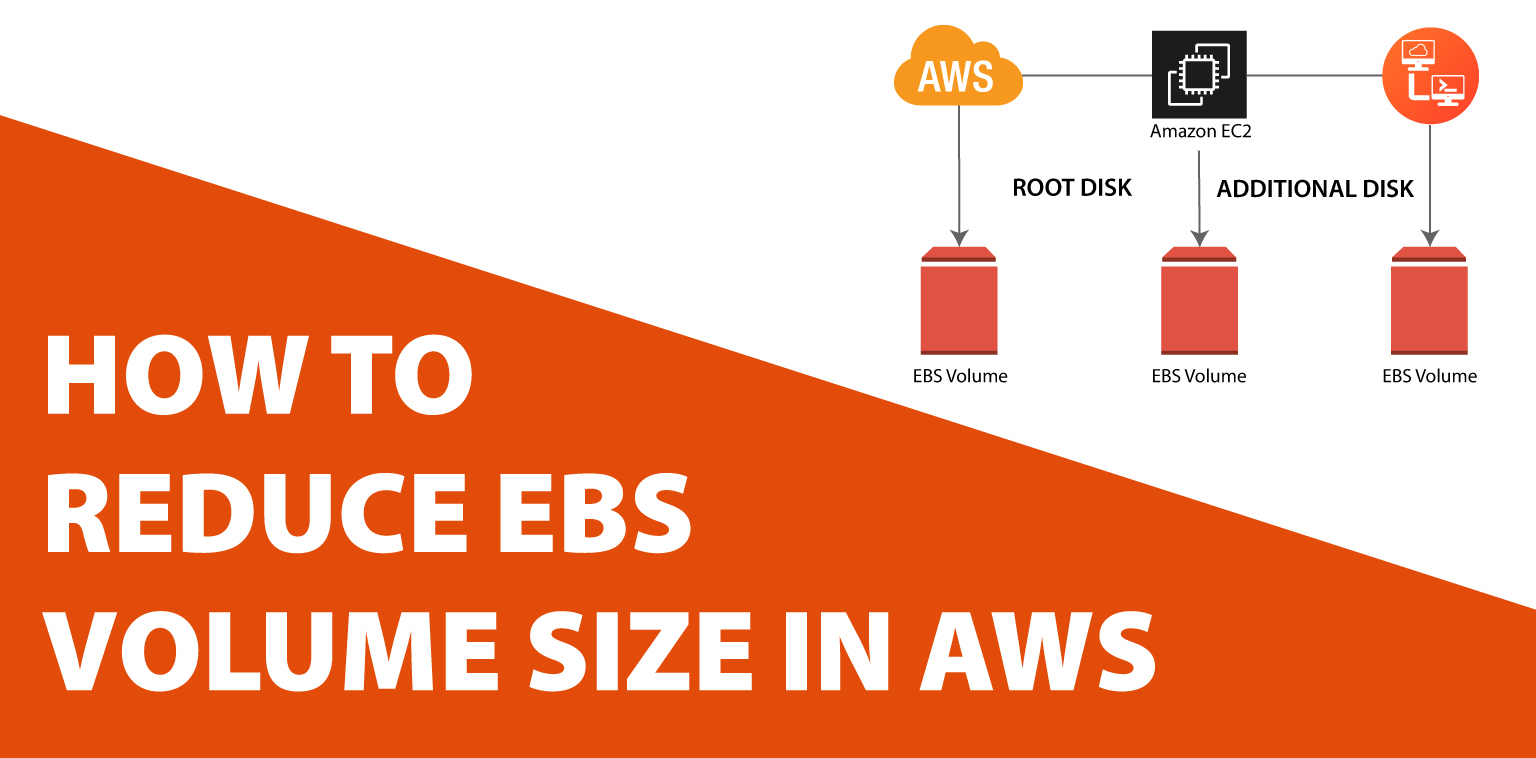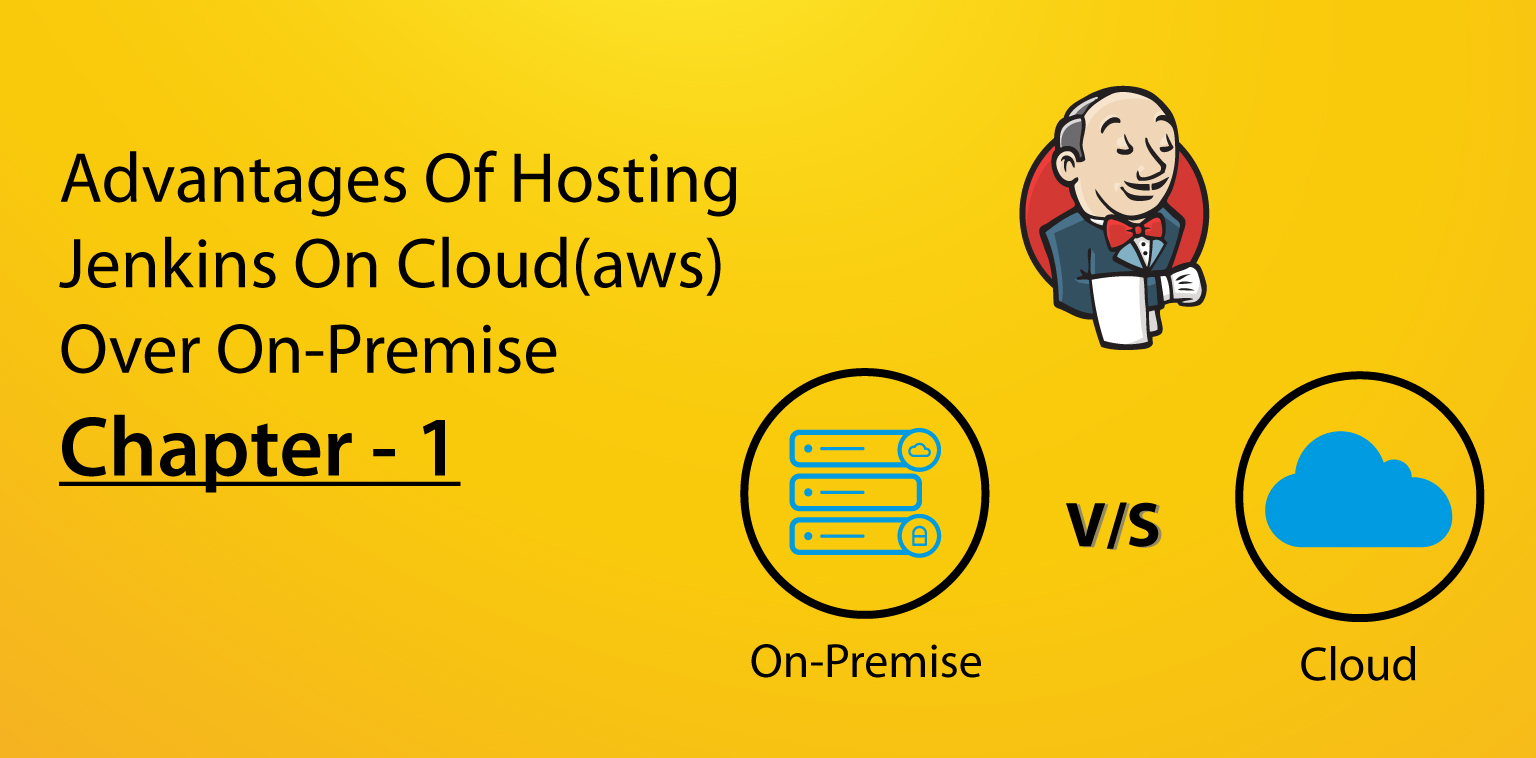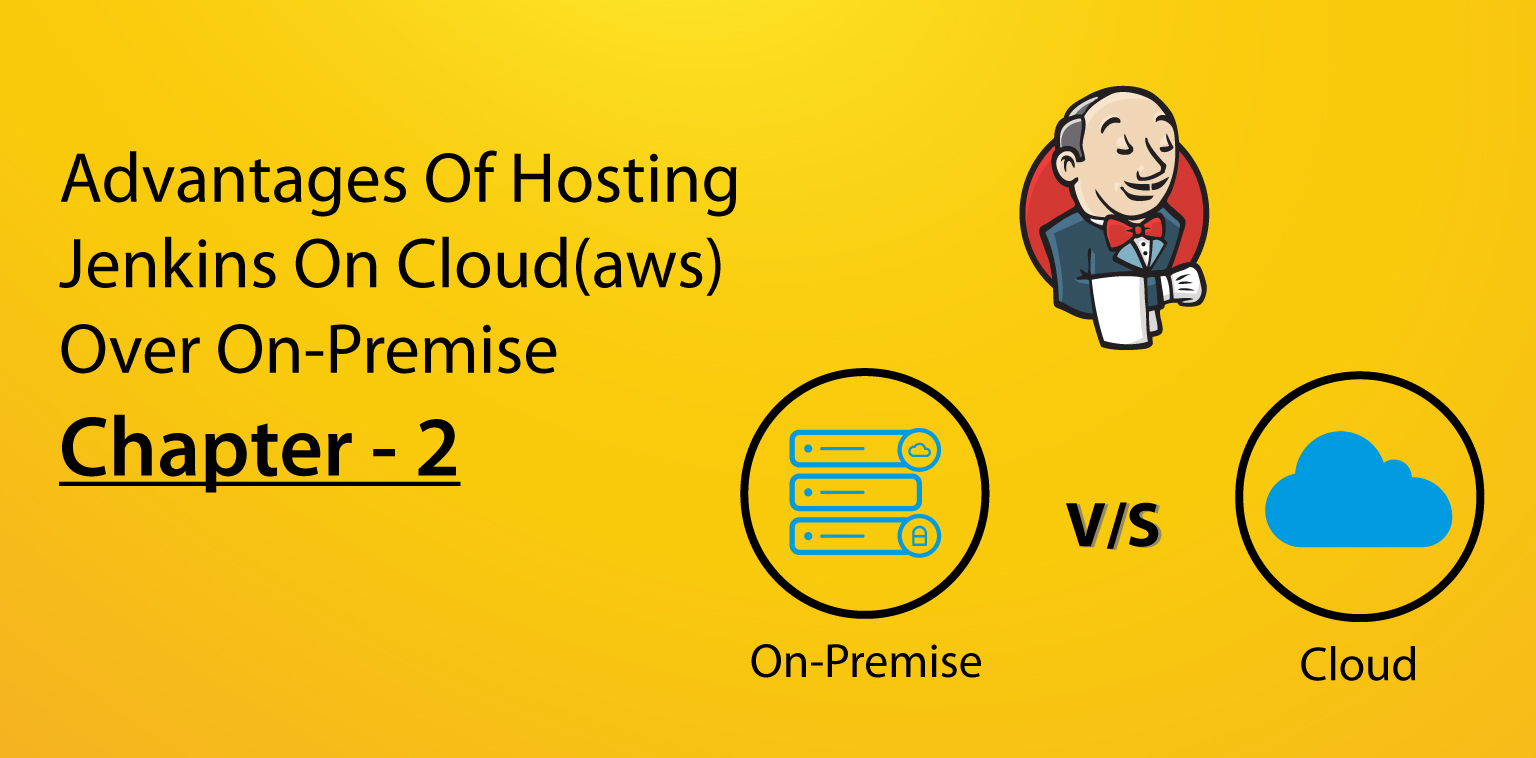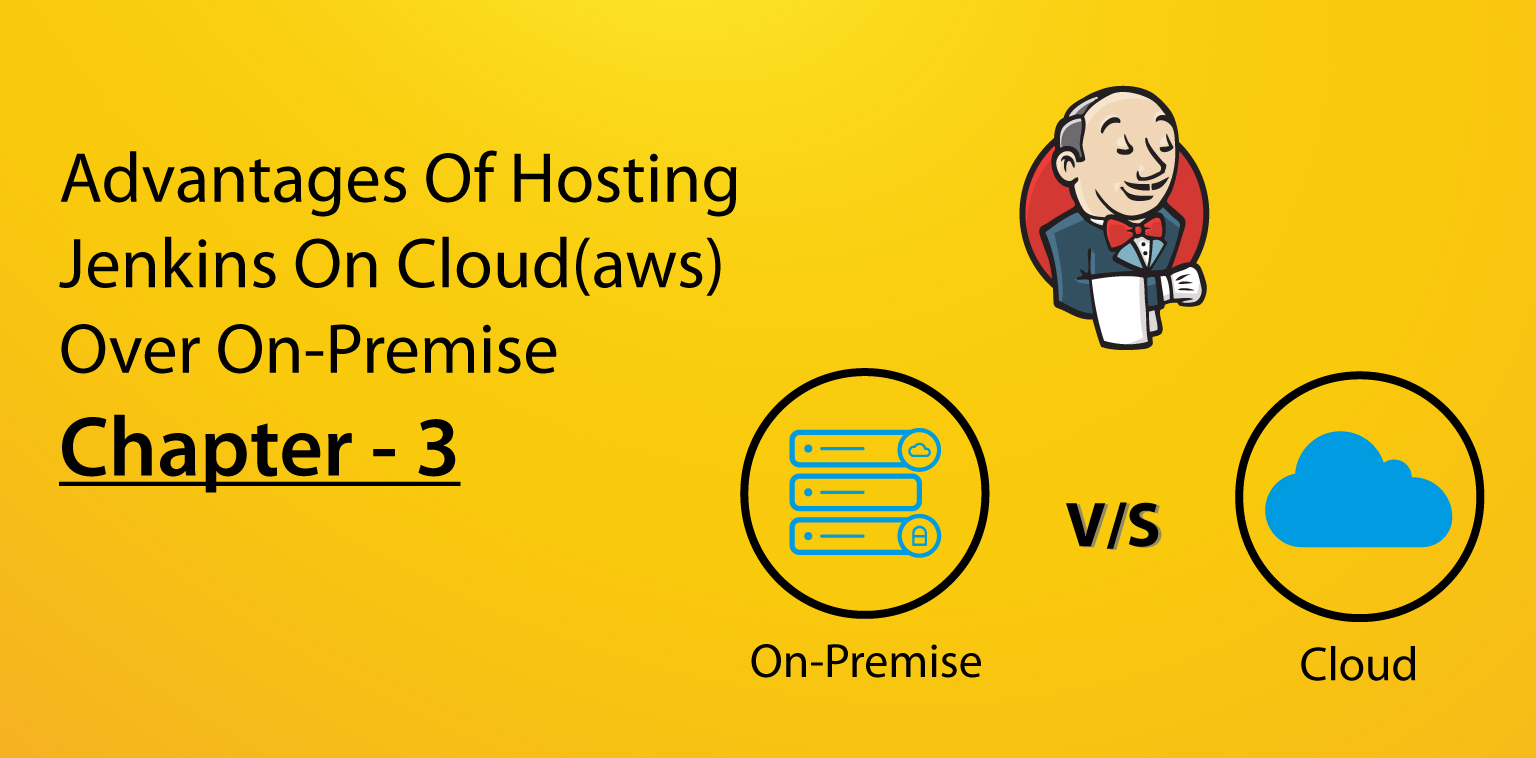Sometimes we attach large volumes while launching AWS EC2 instance, later to realise only that we don’t need large size and need to decrease it.


Sometimes we attach large volumes while launching AWS EC2 instance, later to realise only that we don’t need large size and need to decrease it.

Every DevOps engineer who manages Continuous Integration (CI)/Continuous Delivery (CD) using Jenkins or similar tools would have asked himself at-least once “Should I opt for cloud hosted Jenkins or on-prem one?”

Let’s first see what can be the traditional approach of using Jenkins in any organization, it’s architecture and the limitations of the same.Topic is further divided into 2 subtopics for better understanding.

We’ve seen that the traditional Jenkins setup has many disadvantages and can impact the release management process badly.In below topics, will see how a scalable and self-reliant Jenkins setup will look like and will assume the setup to be hosted on AWS.